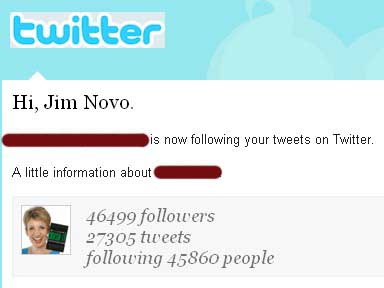Jim answers questions from fellow Drillers
(More questions with answers here, Work Overview here, Index of concepts here)
Q: I am hoping you can help answer a question for our team. By way of introduction, I am the CEO of XXXX. We are a specialty retailer / restaurant of gourmet pizza, salads and sandwiches. We would like to know restaurant industry averages (pizza industry if possible) for customer retention – What percentage of customers that have ordered once from a particular restaurant order from them a second time? I am hoping with your years of expertise and harnessing data you may be able to assist us with this question. Look forward to hearing from you.
A: Unfortunately, in those said years of experience, I have found little hard information on customer retention rates in QSR and restaurants in general (if anyone has data, please leave in Comments). It’s just the nature of the business that little hard data, if collected, is stored in such a way that one can aggregate at the customer level. The high percentage of cash transactions doesn’t help matters much; there’s a lot of data missing.
Over the years, sometimes you see data leak out for tests of loyalty programs, and of course clients sometimes have anecdotal or survey data, but this isnot much help in getting to a “true” retention rate. More often than not you discover serious biases in the way the data was collected so at best, you have a biased view of a narrow segment. Often what you get is a notion of retention among best customers, or customers willing to sign up for a loyalty card, but not all customers. And the large “middle” group of customers is where all the Marketing leverage is.
What to do about this predicament?
There are really two issues in your question; the idea of using industry benchmarks when analyzing customer performance, and the measurement of retention in restaurants.
Continue reading Relational vs. Transactional